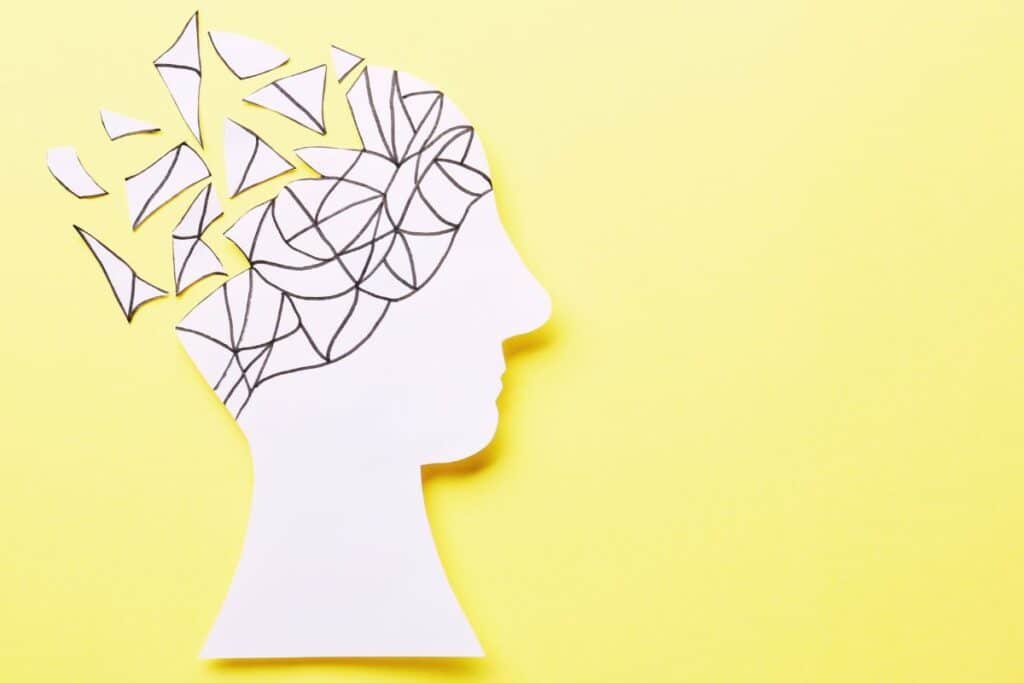Memory is a very complex and multifaceted process that I’m going to attempt to break down and explain in this blog post.
At its core, memory allows us to do three things:
- Store information;
- Retrieve information;
- Use information from our past experiences.
Memory is an important part of being a living being.
Without memories of the past, we do not know how to operate in the present day or the future. We rely on our memory to know about skills that keep us safe and situations that protect us from harm. Every living thing on this earth, it could be argued, has some sort of memory or another. Even something as inanimate as water has been argued to have memory.
Creating memories involves three main stages:
- Encoding;
- Storage;
- Retrieval.
In order to create a memory, our brain takes in all of the information around us, such as images, sounds, tastes, etc, and stores this in a way that we will remember that information in the future.
When we talk about how we remember events, we need to consider how these stages work and how they are influenced by various factors. These factors include emotions, trauma, and the context in which memories are formed.
Understanding how memory works helps to explain why memories of sexual violence can be hazy, blurred, patchy, full of holes, or any other description you may currently have for them.
Stage One: Encoding
Encoding is the first step in making a memory.
If you’ve ever watched Disney’s Inside Out (2015), this encoding process is where the emotions decide which of themselves will be attributed to each of Riley’s memories. This is a simplified way of demonstrating how our brain codes memories because our brains can’t literally store actual pictures, sounds, or meanings.
Think of it like when you’re trying to remember something important, like a phone number. Your brain needs to turn that information into a form it can keep. For example, if you write the number down or see it on your phone, your brain creates a ‘picture’ of it. If you say the number out loud, your brain creates a ‘sound’ of it.
These are different ways your brain encodes, or stores, information.
But to keep that memory for a long time, you need to practice it, like repeating the phone number over and over. This helps move it from short-term memory to long-term memory.
The way our brain encodes memories can be stronger if something important or emotional happens at the time of the incident occurring. For instance, if you experience a scary event, your brain might store that memory better than an experience which didn’t cause such an emotive reaction.
Because of this emotion being associated with the experience, you may find it quite easy to remember that event.
Stage Two: Storage
Storing information means keeping it in our minds over time.
In short-term memory, we can usually only hold about five to nine things at once. But when it comes to long-term memory, there’s no limit; our brains can store memories forever.
Once a memory is made, it will, over time, move to other parts of the brain, where it will stay for the long haul.
However, not all memories are equally strong. How well we remember something can depend on how often we think about the memory, how important the memory is to us, or how emotional the memory is. How much time has passed since the experience took place also affects how well we remember it.
For example, if someone experiences something traumatic, such as getting hurt in a car accident, that memory can be very strong. This is because the event is so emotional and scary that the brain might keep this experience stored very clearly. The brain works hard to make sure this memory is saved, and over time, it moves to other parts of the brain where it stays forever.
This is why some people have a hard time forgetting very sad or scary things. It’s because these memories become so strong that our brain holds onto them tightly.
Stage Three: Retrieval
Retrieval is when we bring a memory back into our mind so that we can think about it again. How easily we can do this depends on how well the memory was stored and whether there are things that help us remember; these are known as retrieval cues.
These cues can include smells or songs that can remind us of past experiences.
If we go back to the example of being in a car accident, this could be a song playing at the time of the crash. The smell from the crash or the smell of the perfume of the person sitting next to you. Another name for a retrieval cue is a ‘trigger.’
When we remember things from short-term memory, we usually recall them in the order we learned them.
If you’re trying to remember how to do something, it’s easier if the steps are given in a logical order. That way, when you try to recall it, the instructions come back in the same order. This is why it’s easier to remember instructions if they’re given to us in a logical order.
But with long-term memory, we remember things based on connections, such as what we saw, heard, or where we were.
How These Stages Apply to Trauma
While the three stages of the remembering process make perfect sense when written out on paper and applied to everyday memories, you may be asking how it applies to recollections of one-time events like sexual assault.
Both happy and sad feelings have the power to improve the vividness and detail of a memory.
This is particularly true of traumatic experiences, as these have the power to permanently mark our memories. Trauma-related emotions have the potential to create incredibly precise and enduring memories.
These recollections are frequently called ‘flashbulb memories.’
Trauma, however, can interfere with our memory’s regular ability to work.
Some people experience fragmented and disorganised memories as a result of traumatic situations, whilst other elements are clearly recalled.
Our brains often assign a ‘date stamp’ to each memory at the time of creation. This aids in our realisation that the experience is over. However, due to how traumatic memories are created, our brain does not always assign a date or time to such incidents.
Because the brain doesn’t process that this experience has now stopped, our brain continues to think that the situation is still happening and that we are still at risk.
Memories deriving from acts of sexual violence may resurface as isolated but strong sensory fragments rather than as a whole narrative because traumatic memories tend to become disconnected and fractured.
These pieces may resurface as flashbacks, in which the trauma seems to be reliving itself and is brought on by reminders of the incident.
Similar to this, persistent memories are another characteristic of trauma.
You may experience unwanted, upsetting memories at any moment, which frequently trigger the same feelings and bodily sensations as the initial trauma.
This is why people who have experienced traumatic events, such as being the victim of sexual violence, can be in a state of constant alert and react suddenly to any reminders of the traumatic event.
This also explains why some parts of a traumatic event aren’t remembered in sequence or are recalled in stages.
This post is adapted from a section of It's All Your Fault - due for release in 2025.



